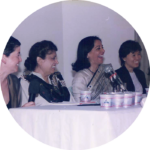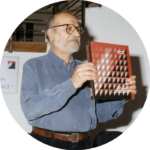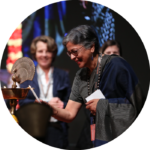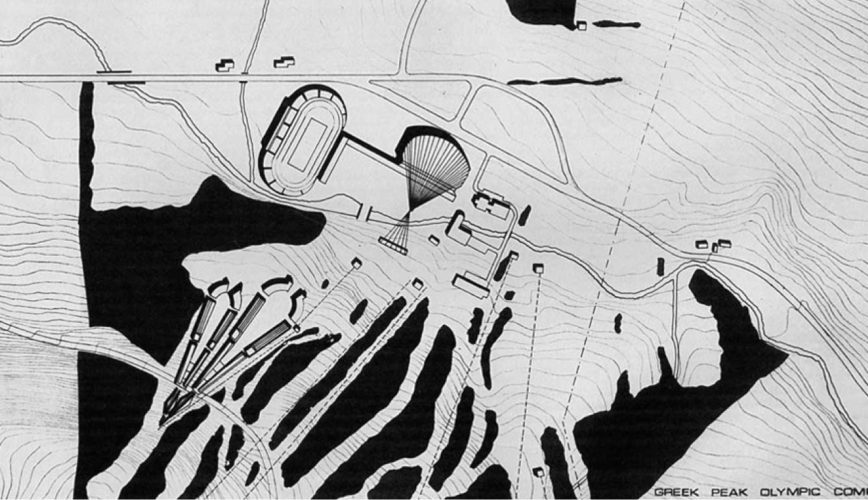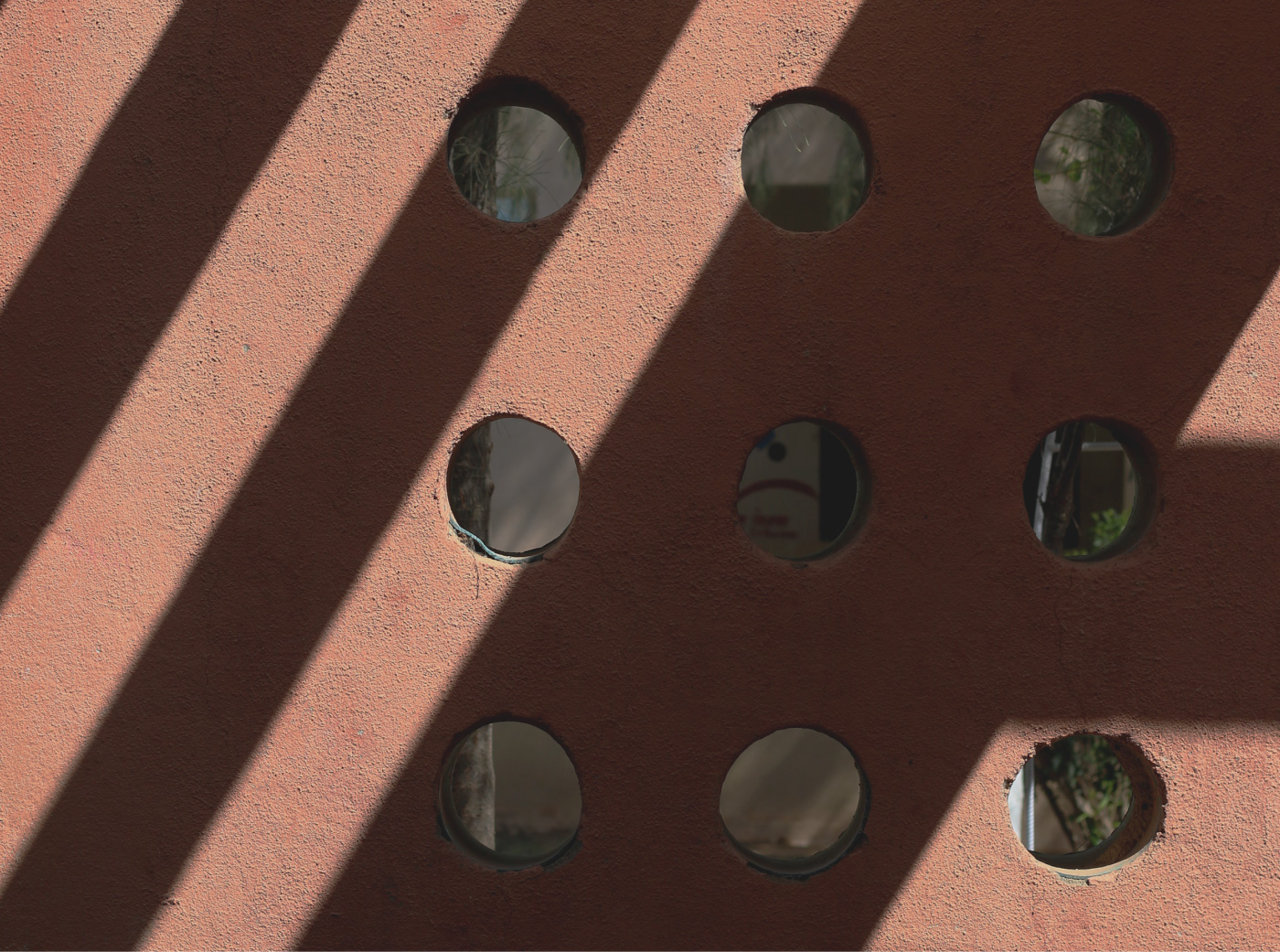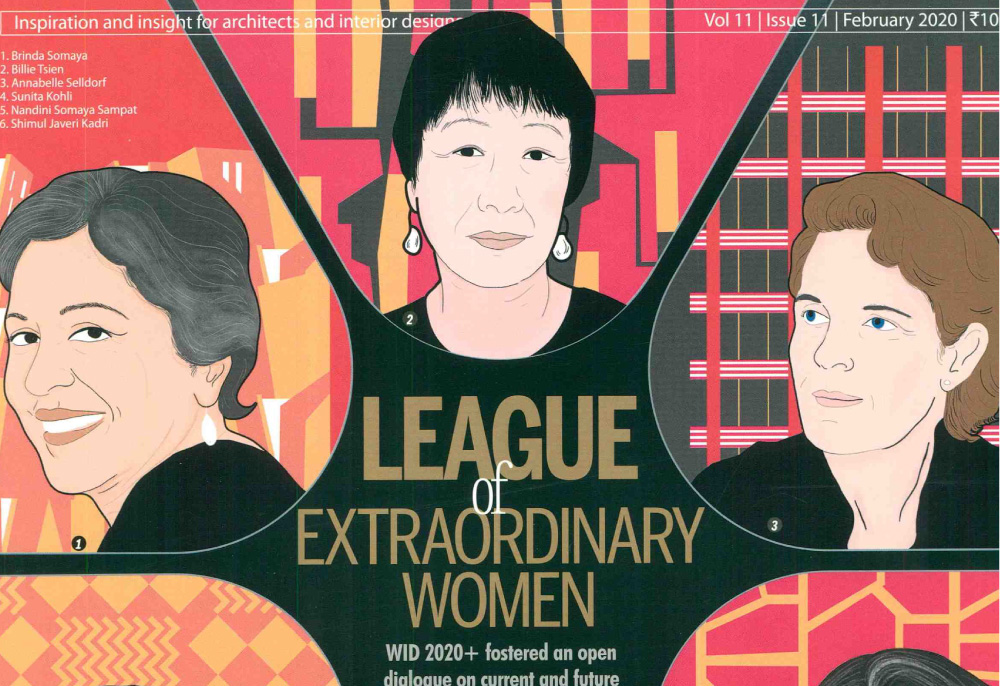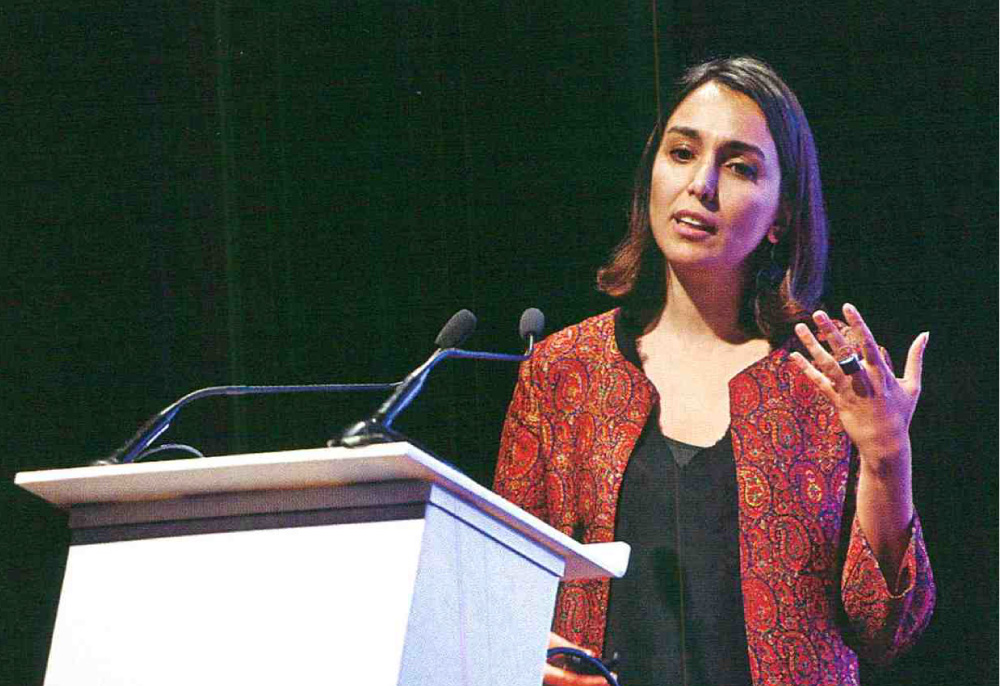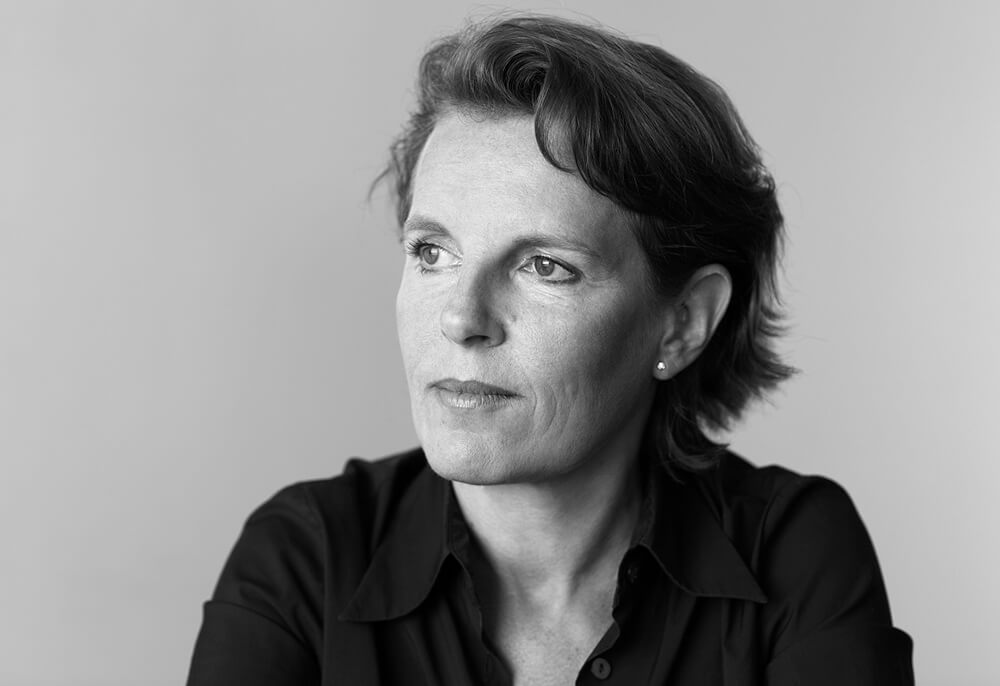“In 1990, a decade after I began my practice, I felt the need to connect with fellow woman professionals with a desire to understand their work and more importantly, their struggles and challenges in the discipline.”
In the days without internet and email, there were very few opportunities for women professionals to network. I was also curious to know the state of the profession for women architects. In 1990, I wrote to fellow women architects I knew about the possibility of a conference that would reflect on their individual work – work done without collaboration and in an independent capacity. I had defined the parameters but I received no response at all. Ten years later, in 2000, the idea was still alive in my mind. I had worked during the decade of the 1990s in some isolation and again, I was not fully aware of the state of practice. This time, I also opened the forum to women who were working in collaboration or partnership and have a significant body of work of their own in terms of design and execution. I was overwhelmed with the response I received – just a decade later – from women with diverse practices and with exhaustive and varied portfolios. We also decided to take this beyond the Indian context to architects in Sri Lanka, Bangladesh and Pakistan.I was also shocked to learn that women with established practices of the likes of Yasmeen Lari had never been invited to India to share their work. In the many conferences and seminars that were organized in the 1990s, women did not play any significant part at all. I invited these women to share their personal and professional stories. We also needed a vehicle to organize a platform for dialogue. The HECAR Foundation was thus established as a non-profit organization working in the areas of Heritage, Education, Conservation, Architecture and Restoration. I was one of the Founder Trustees and since its establishment, The HECAR Foundation has supported and initiated many public projects and stewardship of the built environment in India apart from the publication of many books.
Twenty years on, the Women in Design 2020+ extends to the 2000 conference. A lot has changed in the last 20 years. Many more women have ventured out and established successful and independent practices in India. Many have also found robust partnerships. Women have also contributed significantly to pedagogy and discourse in the past two decades.In fact, some women architects, who were at the very nascent stages of their practice, have transformed their offices into creative powerhouses in the past two decades since the 2000 conference and exhibition. With the 2020 conference, I want to celebrate the diversity and richness of women-driven practices. Extending beyond architecture, the 2020 conference will chronicle the broader cultural preoccupations that encompass authoring, pedagogy, conservation and restoration, politics, design, urbanism and activism. I believe that an isolated practice is no longer possible in the world that is built on collaborative endeavours. I believe that this conference will not just be a celebration of successful ventures and ideas, but it will become a milestone- a landmark gathering of individuals who hold in their work, a promise of a better world.”




